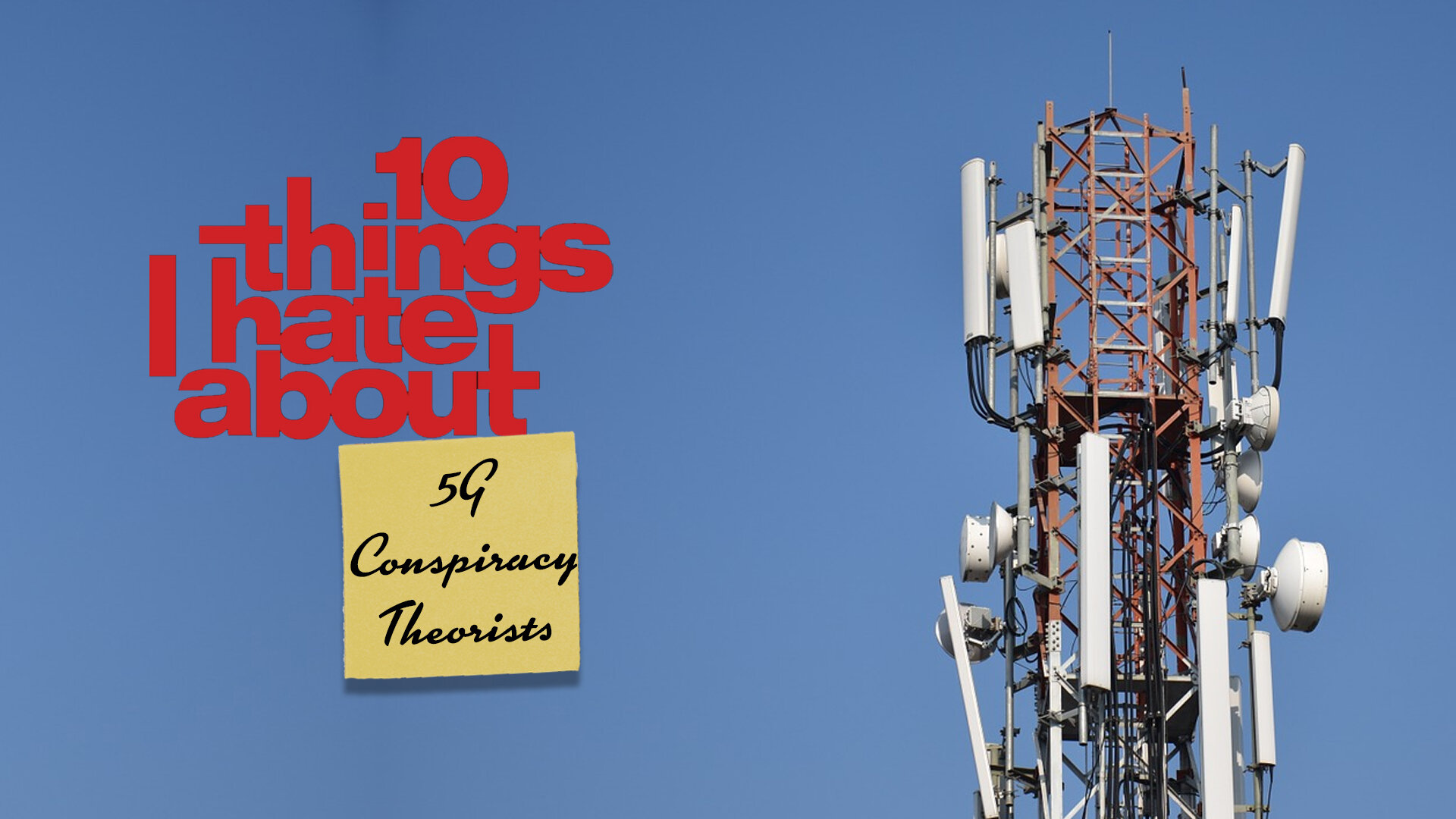NASA's Juno Spacecraft Breaks Record As Humanity's Most Distant Solar-Powered Explorer
NASA launched the Juno mission to Jupiter in 2011, and now it has broken the record to become humanity's most distant solar-powered spacecraft. At 7 pm on Wednesday 13th January, Juno's distance from the sun was confirmed at 493 million miles, which is over four times that of Earth (92.96 million miles for reference).
The previous record was held by the European Space Agency's Rosetta spacecraft, whose orbit maxed out at 492 million miles in October 2012.
"Juno is all about pushing the edge of technology to help us learn about our origins," Scott Bolton, Juno principal investigator at the Southwest Research Institute in San Antonio, commented. "We use every known technique to see through Jupiter's clouds and reveal the secrets Jupiter holds of our solar system’s early history. It just seems right that the sun is helping us learn about the origin of Jupiter and the other planets that orbit it."
In order to hold and conduct that much power for the long distance, the four-tonne explorer carries three 30-foot-long solar arrays festooned with 18,698 individual solar cells. On Earth, these cells can generate approximately 14 kilowatts of electricity; but with Jupiter being five times further away, the sun packs 25 times less punch. This means the craft has to be super-absorbant of energy, and super-efficient in transit.
At its urthest point, NASA says Juno will be 517 million miles away from the sun, which is an almost five percent increase over the previous record.












Alongside the scientists, 50% of the British public and the future health of young people across the nation, I have one simple request: delay Freedom Day, please.